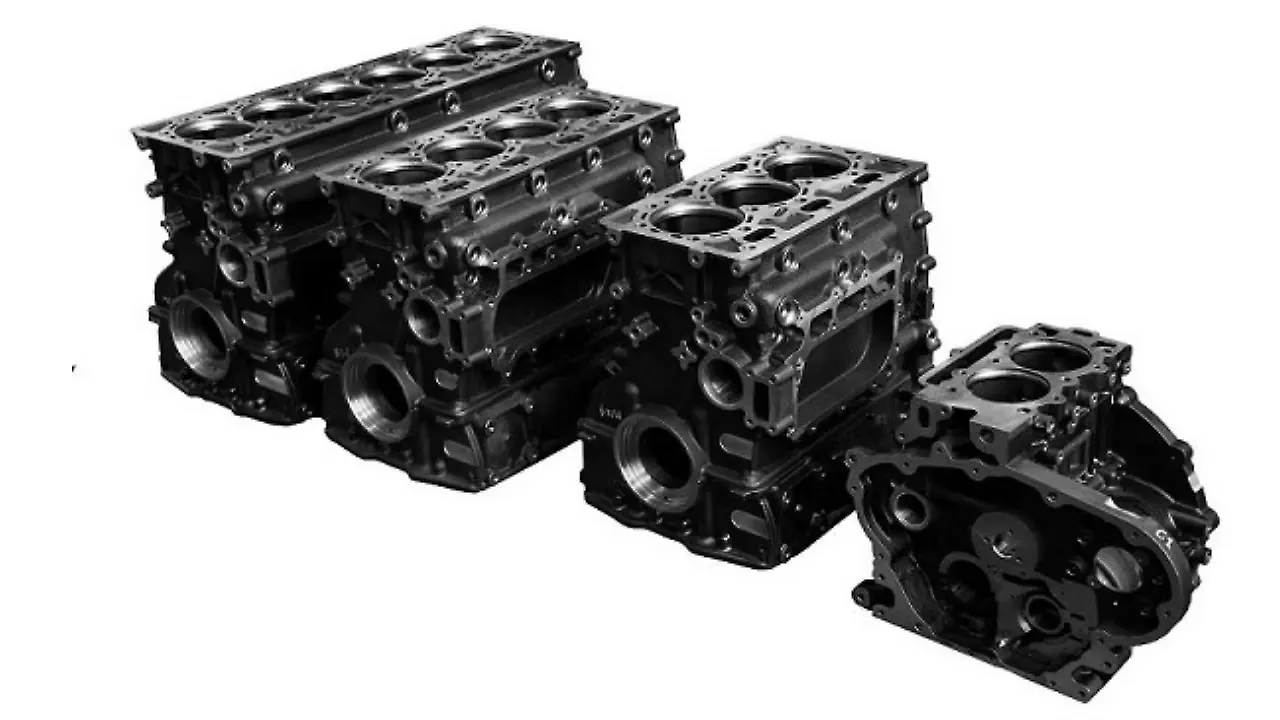
Increasing middle-income group population coupled with a rise in the standard of living in emerging countries and developed nations have resulted in a surge in the sale of passenger vehicles, fueling the demand for the automotive part die casting market to grow at 78% CAGR till 2028.
As per the new research study by Zion Market Research, Automotive Part Die Casting Market is slated to cross $ 20.31 billion by 2028 from $ 11.1 billion in 2021.
The report said that the growth of the automotive part die casting market over the forecast timespan is subject to an increase in the per capita income of middle-income groups and a rise in the sale of passenger vehicles. In addition to this, automotive die casting components help automotive in weight reduction, thereby minimising fuel emissions and enhancing fuel efficiency. Furthermore, the eco-friendly features of the product will steer market growth trends.
A die casting in the automotive sector is a special tool utilised for cutting automotive parts in uniform shapes through a press. Product manufacturers prefer flexible die casting services that can suit original equipment manufacturer configuration set up and meet the quality of products and volume output needs. Moreover, due to the launching of automated die casting production processes, the consumption of time in vehicle manufacture has come down drastically.
Based on different segments, the automotive part die casting market is divided into production type, raw material type, application type, end-user, and vehicle type.
Based on production type, the market is sectored into squeeze die-casting, semi-solid die-casting, pressure die-casting, and vacuum die-casting. Raw material type wise, the automotive part die casting industry is divided into aluminium, magnesium, and zinc. Furthermore, the industry is segregated into body assemblies, transmission components, and engine components in terms of application type. Based on end-user, the automotive part die casting sector is divided into automotive OEMs and Independent Manufacturers. The industry is sectored into passenger and commercial vehicles in terms of vehicle type.
Zion Market Research noted that the mechanical features of the raw material and its thermal & electric conductivity will drive the segmental surge.
The segment's growth over the next six years is subject to the lightweight and corrosion resistance properties of aluminium. In addition to this, the mechanical features of the raw material, as well as its thermal & electric conductivity, will drive the segmental surge. Apart from this, low-density aluminium is required for die casting and hence finds massive application in the automotive part die casting industry. Moreover, the aluminium die casting method possesses high strength at extreme temperatures.
The Asia Pacific will dominate the market over 2022-2028 due to the thriving automotive vehicle sector in countries such as China with massive vehicle production & sales. In addition, the rise in the sale of passenger cars in countries such as Malaysia, India, China, and Indonesia will drive regional market trends, the report noted.
Courtesy: Zion Market Research. NB: Photo is representational; courtesy: Cooper Corp.